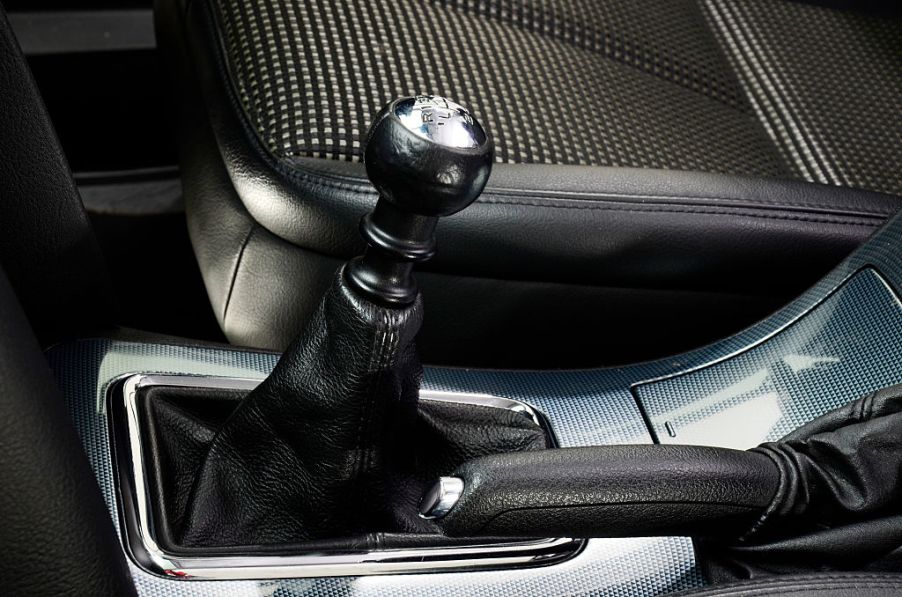
This is How a Manual Transmission Works
Have you ever been car shopping and found the perfect car, only to find out it has a manual transmission? It seems that the majority of people in the United States do not know how to drive a stick shift these days. Honestly, if you’ve never had anyone take the time to teach you to drive a car with a manual transmission it can seem like an impossible task to learn. Maybe it’ll help to know how a manual transmission works.
Manual transmission overview
A manual transmission requires the driver to operate a clutch with one foot, gas pedal with another, steer with one hand and move the shifter mechanism with the other. This takes some coordination and can be confusing at first but with practice, all the required movements take place with hardly a thought. Worldwide, manual transmissions are the most popular type of transmission. This is likely due to lower cost and improved reliability when compared to an automatic transmission.
Why a transmission is necessary
All vehicles, whether powered by an electric motor or an internal combustion engine, transfer power to the drivetrain by turning a drive axle. This turning motion is measured as a torque value. Motors and engines have individually unique revolutions per minute (RPM) ranges where they produce the most torque. Transmissions are necessary to allow the motor or engine to operate in the optimum RPM range at various speeds. Slow speeds require gear reduction to keep the engine/motor from stalling while high speeds might have an overdrive gear to keep the engine/motor from RPMs that may exceed safe ranges.
How a manual transmission works
One key thing to remember is the concept of gear ratio. Gears have teeth that mesh together. When a large gear meshes with and drives a small gear, the small gear will turn faster than the large one. The bigger the difference in size, the higher the gear ratio.
The gears in a manual transmission are mounted on shafts that turn other gears inside the transmission. The gear shift selector operates the selection of which gears mesh together. Constant-mesh hypothetical connectors and synchronizing rings ensure everything slides smoothly. Starting in first gear allows the engine to operate at its optimum RPM to produce the required torque to move the car from a stationary position to a moving state. Once the car is in motion and has reached the upper end of its optimum RPM range, the transmission can be placed into second gear. This higher gear range will allow the engine to drop back to the low end of the “sweet spot.” Continue accelerating and shifting until the desired speed is reached, maintaining an RPM range that allows the engine to operate efficiently.
Putting the transmission into reverse is achieved by a three gear system which has no synchronizer. This means that the transmission shaft rotation must stop completely before shifting into reverse gear. Stopping the rotation of the transmission shaft without stopping the engine rotation requires a disconnect between the two. This disconnect is called the clutch.
How a clutch works
A car with a manual transmission will have three pedals near the floor on the driver’s side. One side is a longer accelerator, in the middle is a squarish brake pedal and then a similarly shaped clutch pedal. Pressing the clutch pedal disconnects the flow of power to the transmission without turning the engine off.
When the clutch pedal is pressed it activates the mechanism that releases the tension on the clutch disc mounted between the engine and transmission. This allows the engine to turn without rotation the transmission shaft.
Placing the transmission shifter lever into gear and releasing the clutch pedal slowly engages the clutch disc, starts the transmission shaft rotation and starts the car into motion.



